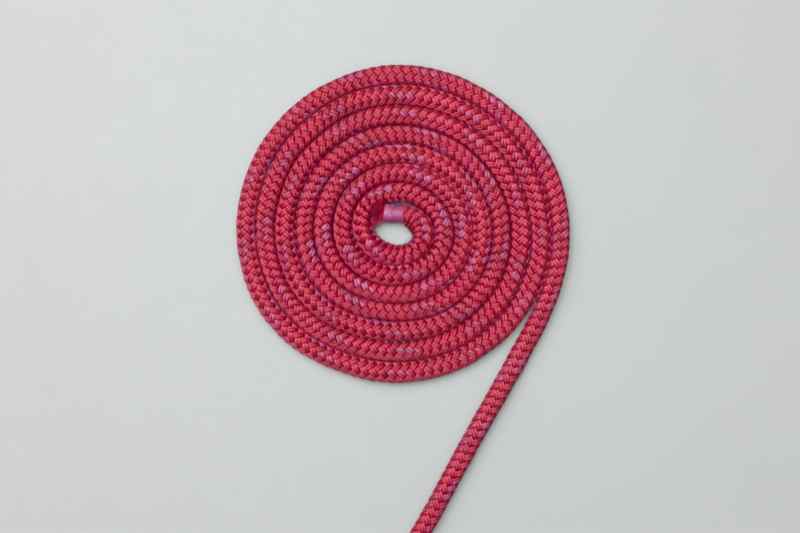A neat and attractive way to temporarily stow a rope's end.
Flemish Flake
A neat and attractive way to temporarily stow a rope's end.
 |  |

 |  |  |  |  |
To Step use Arrow Keys (
Uses: Flaking a rope is to arrange it on the deck ready for easy use. The Flemish Flake (ABOK # 3102, p 516) provides an attractive, neat way of temporarily stowing the end of a rope.
Making the Coil: The Flemish Flake animation suggests that it is possible to plan the exact size of the coil and then lay the loops exactly to fit. When this technique is used, the initial circle has to be large. Any twists in the rope are eliminated as the end is reached. Finally, tighten the coil by rotating it on the deck until the whole Flake is tight. The alternative method is to lay the rope out so that it has no twists. Then start at the center and rotate the coil on the deck so that the rope winds on from the outside.
Applications: The Flemish Flake is frequently found on docks, keeping the ends of dock lines neat and tidy.
Pros and Cons: One of the major disadvantages of the Flemish Flake is that pulling the rope out from the center introduces twists in the rope. The Flemish Flake may be appropriate on a boat’s deck where there should be little dirt. It is also used for dock lines when a boat is docked for a short stay, e.g., overnight. For longer periods, however, it is a deplorable way of treating rope: it gets trodden on, it collects dirt, and it stains the dock or deck with a spiral coil pattern of dirt.
Alternatives: If a dock line is to be left for long periods, the free end is best kept off the dock, e.g., by tying it back to the standing end with a Rolling Hitch Knot.





